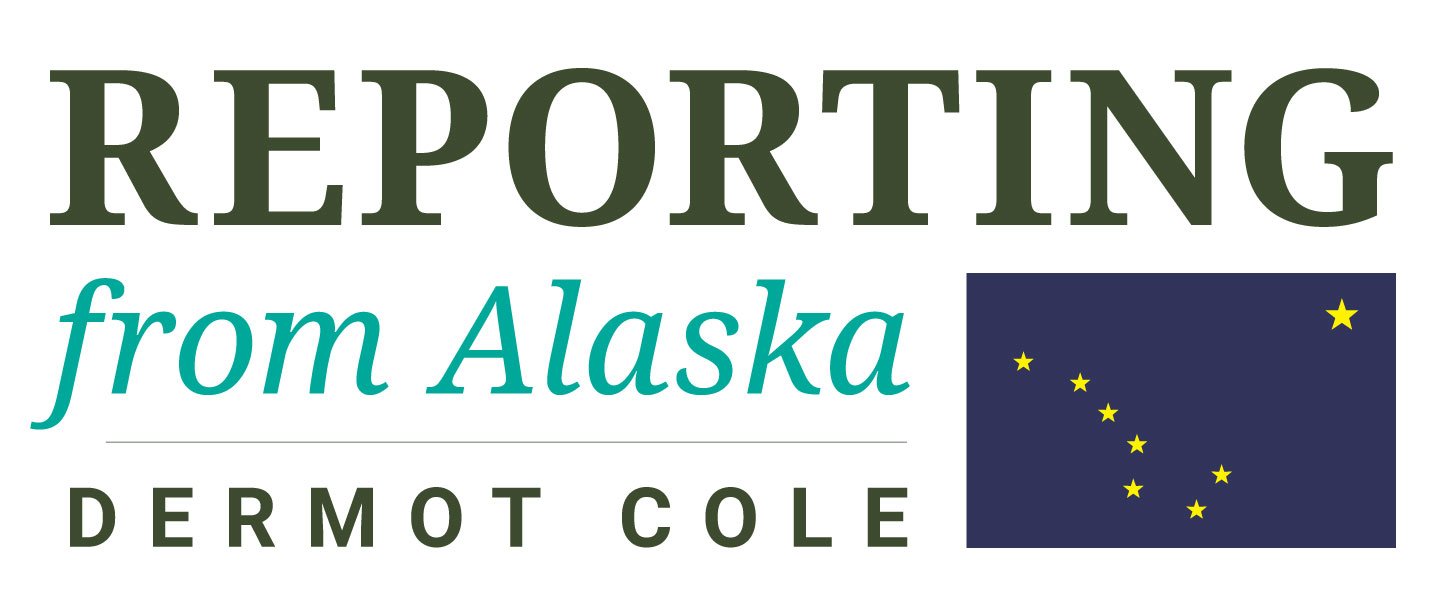Wasilla doctor urging young, healthy people to get COVID-19, neglects public health risks
Dr. Wade Erickson, a family practice doctor in Wasilla, has the right to his opinion that healthy young Alaskans with no exposure to people at high risk, will be doing a public service this summer if they come down with mild cases of COVID-19.
But it is a disservice to talk about developing Mat-Su “herd immunity” without mentioning the serious public health risks from his proposal.
Erickson has been making his opinion known at briefings organized by the Mat-Su Borough.
“I think the most important thing for us to remember at this point is that we need to gather immunity in our community,” he said Wednesday.
“We’re going to see in the next two weeks whether our case numbers spike, and more importantly, whether our hospitalizations spike. We want our case numbers to go up. We’d like to get 80% of us exposed and immune.”
“If we don't allow for herd immunity, we are not going to be able to resume our normal lifestyles in the very near future,” Erickson said.
He suggests that healthy young people who get COVID-19 should seek medical attention right away.
The big problem with Erickson’s presentations on herd immunity in Mat-Su is that they are seriously incomplete.
He is not addressing information about the risks of encouraging young people to get sick, the unpredictability of the disease, the possibility that Alaska’s health care system could quickly become overwhelmed with this approach and the reality that Mat-Su is not an island onto itself.
Young and healthy people may get a mild case. But maybe not. And how are young and healthy people going to avoid those who are at high risk?
Staying away from people over 65 is one thing, but no one can easily identify and steer clear of all those with diabetes, asthma, lung disease, serious heart conditions, high blood pressure, obesity, cancer, kidney disease and liver disease, the high-risk factors identified by the Centers for Disease Control.
Erickson said that high-risk people should stay home as much as possible and not be around others. That makes sense, of course, but he has offered an excessively simplistic and flawed view of the path to herd immunity. Or how this idea aligns with the goal of protecting the most vulnerable.
The transmission of the disease is often from people who do not have symptoms, which is another problem with Erickson’s idea.
Finally, it’s not clear yet what level of immunity is gained by those who come down with the disease or how long it will last.
“But even assuming that immunity is long-lasting, a very large number of people must be infected to reach the herd immunity threshold required. Given that current estimates suggest roughly 0.5 percent to 1 percent of all infections are fatal, that means a lot of deaths,” wrote biology professor Carl Bergstrom and assistant biostatistics professor Natalie Dean in the New York Times.
There is “nothing quick or painless about reaching herd immunity without a vaccine,” Bergstrom and Dean said.
“As we see it, now is far too early to throw up our hands and proceed as if a vast majority of the world’s population will inevitably become infected before a vaccine becomes available,” they wrote. “Moreover, we should not be overconfident about our ability to conduct a “controlled burn” with a pandemic that exploded across the globe in a matter of weeks despite extraordinary efforts to contain it.”
Applying the .05 percent to 1 percent death rate to the Mat-Su borough, which has a population of 100,000, if 80,000 people get COVID-19, there could be 400 to 800 deaths. There were 618 deaths in Mat-Su in 2018, according to the state.
On Wednesday, Dr. Anne Zink, the state’s chief medical officer, presented details that Mat-Su borough officials should include in their presentations to the public.
For one thing, she said that about 25 percent of those hospitalized with COVID-19 do not have pre-existing conditions.
“It's important to realize that while people who tend to die from this disease tend to have higher morbidity, we see very young people, and very healthy people, having very significant consequences from this disease, including hospitalization, stroke, and other significant complications,” Zink said.
“To just say let's just build up herd immunity all at once, puts us at real risk for really affecting a lot of Alaskans, overwhelming out healthcare system, affecting those who are young and healthy, as well as those who are older and vulnerable,” she said.
The dean of the Harvard Medical School and three other scientists wrote a Washington Post column this week about the difficulty of figuring out the death rate and what to do about it, passing along advice that seems appropriate here:
“The calculus involved in designing policies that balance lives and livelihoods is astoundingly complex. One cannot be done at the expense of the other. These choices require hard evidence tempered with humility. Scientific evidence may not be the only factor in this equation, but it’s the most critical one.
“Making decisions that involve human lives should be based on science, verified and vetted. In our understandable desire to return to normalcy today, we can ill afford to sacrifice our health and well-being tomorrow.”
